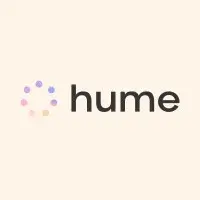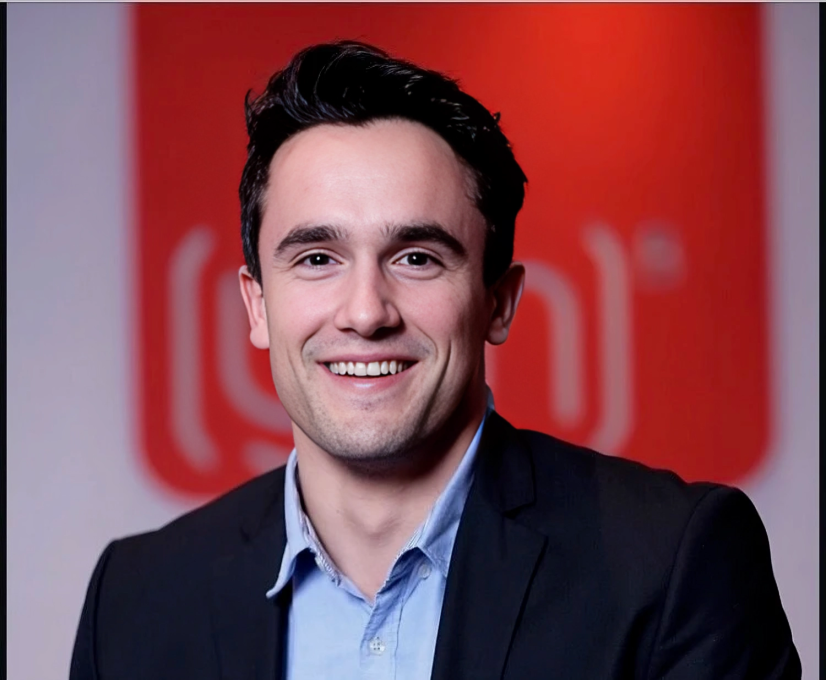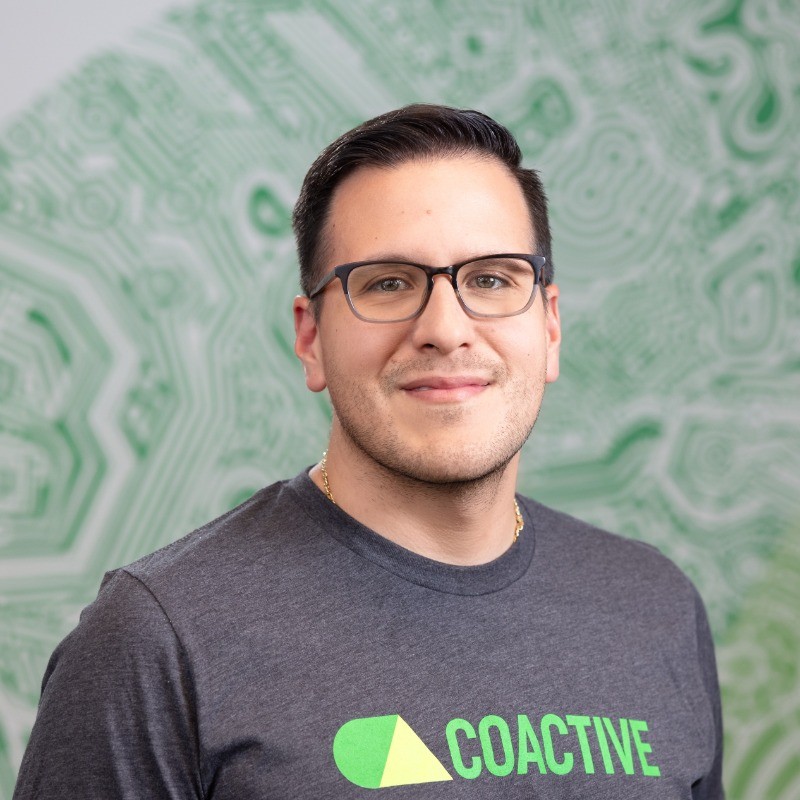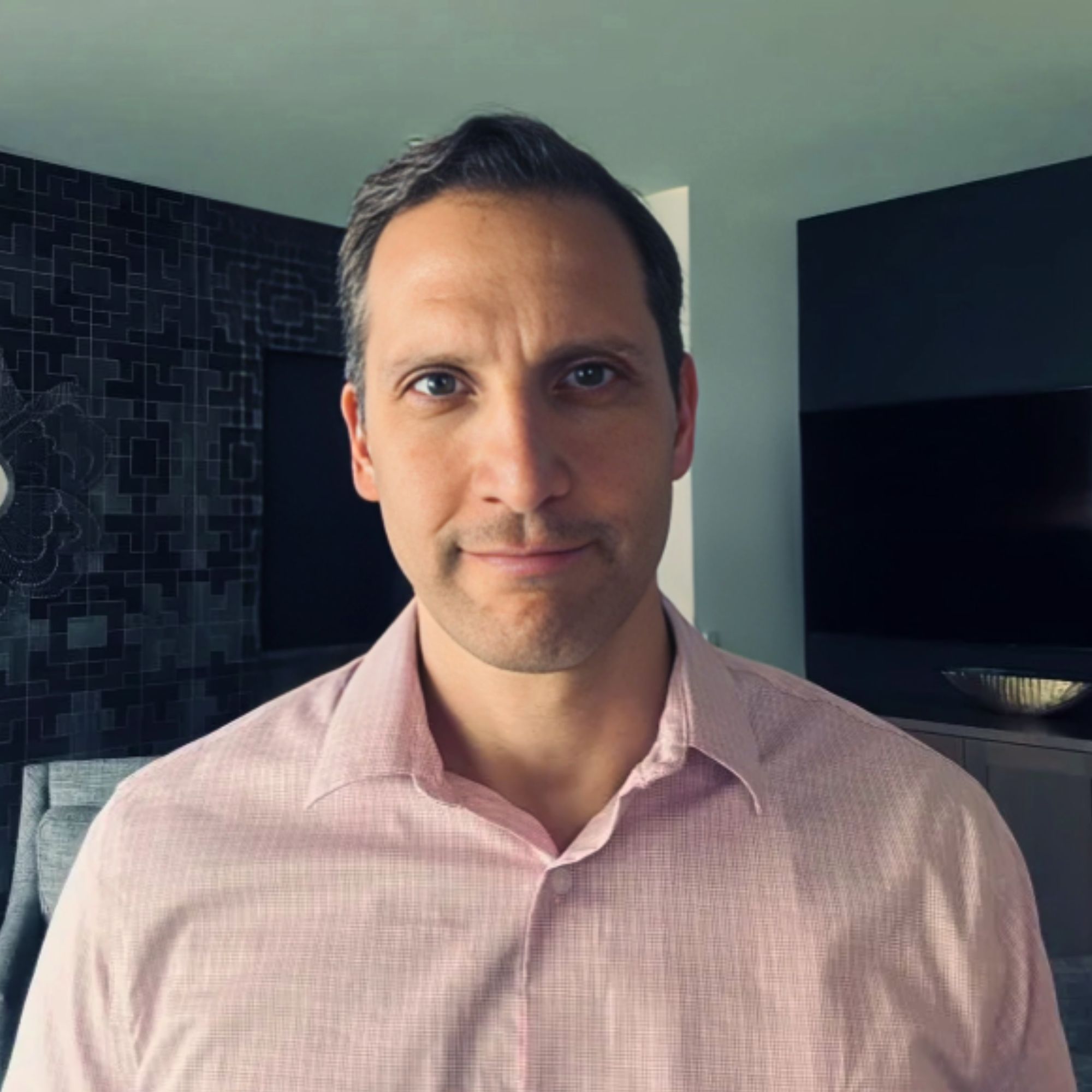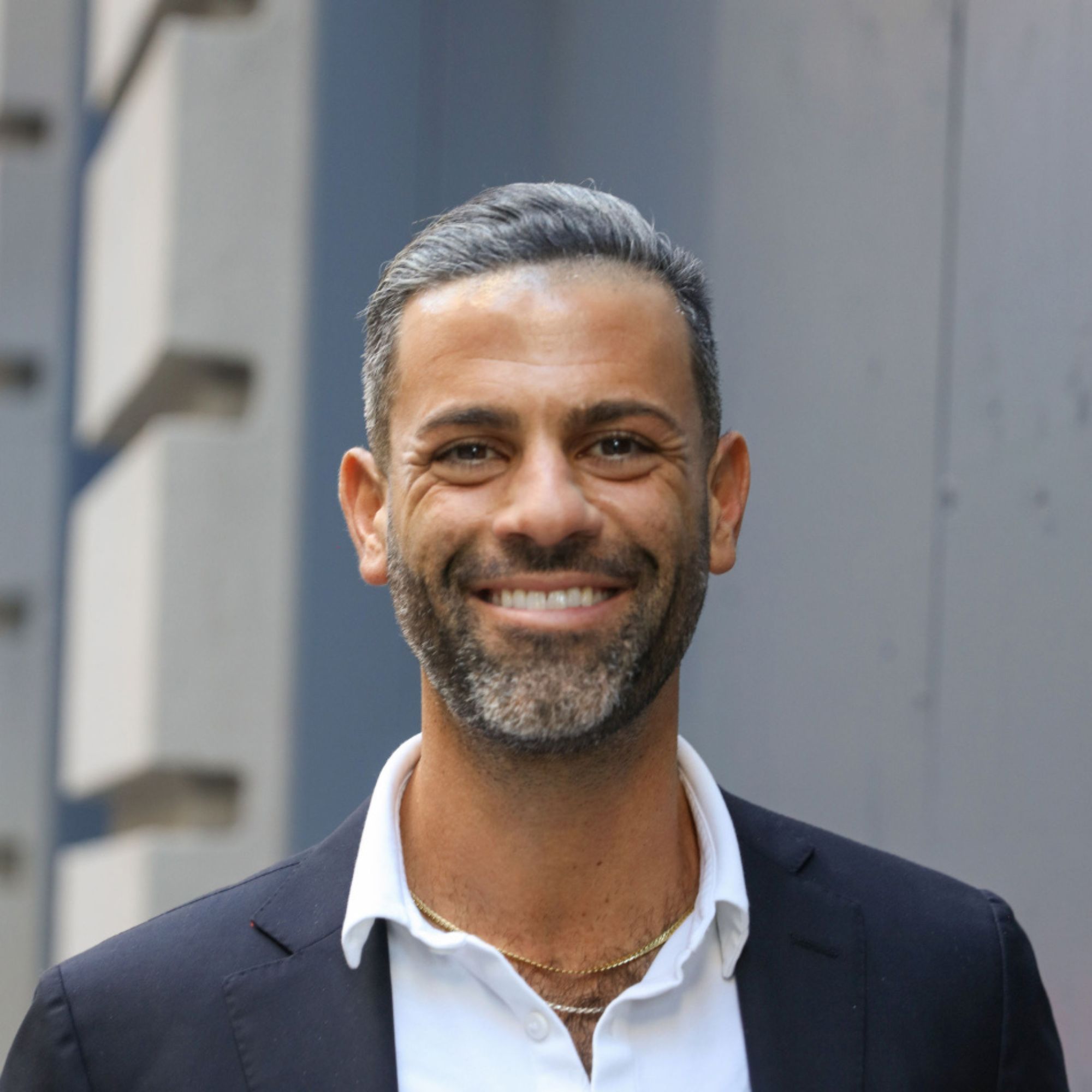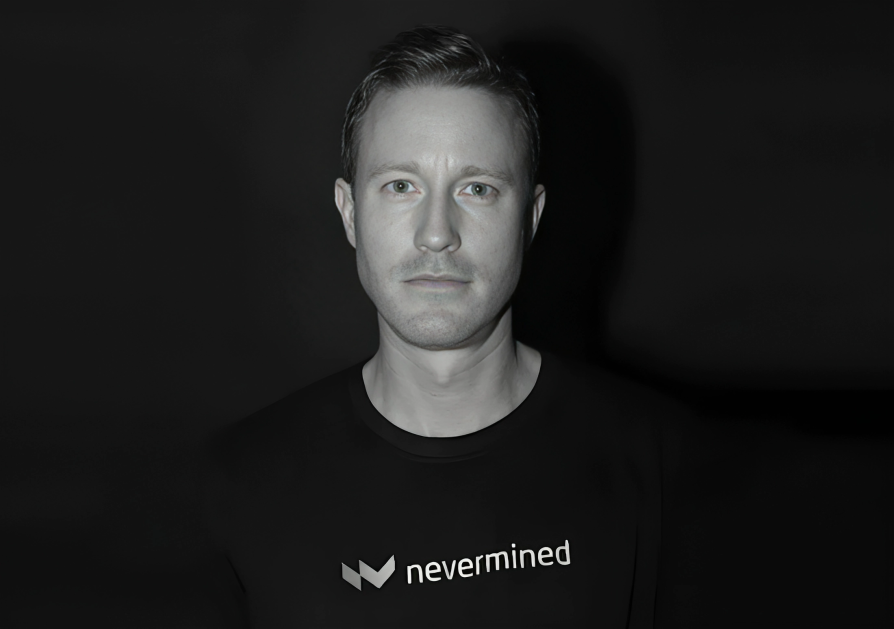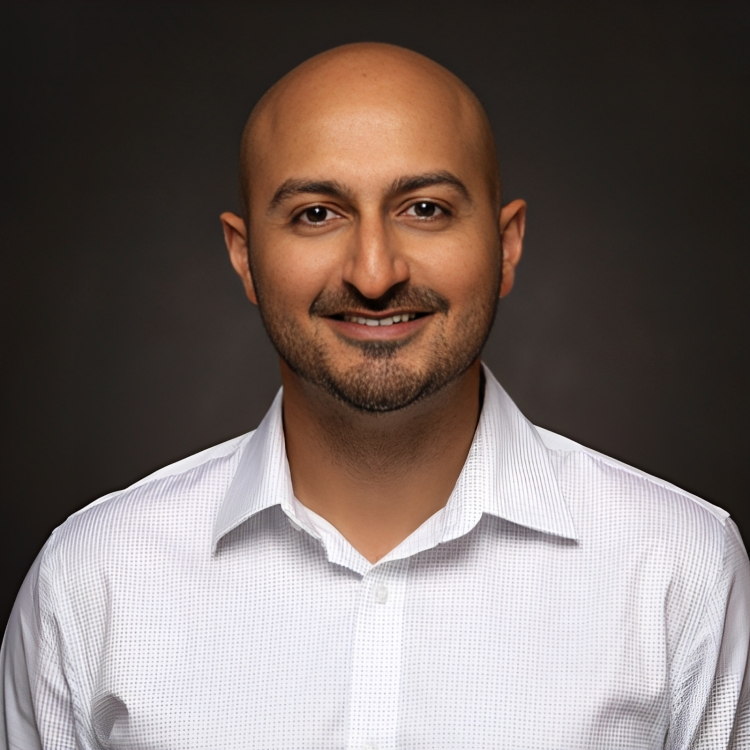Ready to build your own Founder-Led Growth engine? Book a Strategy Call
Frontlines.io | Where B2B Founders Talk GTM.
Strategic Communications Advisory For Visionary Founders
Actionable
Takeaways
Execute systematic conference preparation to maximize deal flow:
Sen books 45+ targeted meetings across 4-day conferences like Cannes Lions through advance relationship mapping and mutual connection identification. The tactical framework: pre-research each prospect's annual priorities, identify shared connections for warm introductions, and plan specific value propositions for each conversation. Execute daily follow-up during the conference to prevent pipeline degradation. Sen's insight: "Prep is incredibly important... we evaluate okay, Brett, head of monetization at ABC Company. Who does Brett know that I know? What is the actual proposition we want to discuss?"
Avoid booth competition when capital-constrained:
NumberEight deliberately avoids exhibition booths at major conferences, recognizing the futility of competing against Amazon's "entire city mockups" and Google's massive displays. Instead, they focus on authentic relationship building through targeted meetings and dinner sponsorships. The strategic principle: startups should leverage their authenticity advantage rather than attempting to out-spend established players in awareness channels where they're fundamentally disadvantaged.
Maintain strict messaging separation between investor and customer tracks:
Sen emphasizes the critical disconnect between vision-focused investor pitches and problem-focused customer conversations. His customer insight: "You tell any customer you're going to revolutionize... they're like 'man, you make me money, I'll be your friend.'" The implementation: develop completely separate messaging frameworks where investor decks emphasize market transformation while customer presentations focus exclusively on measurable business impact and revenue generation.
Build category authority through standards body participation:
NumberEight invests significant engineering resources in IAB Tech Lab white papers and industry standards development without direct revenue impact. This work establishes credibility when defining new data categories in established industries. Sen's co-founder leads technical working groups on identity-less targeting standards. The strategic value: "If you're trying to change the game, you have to be seen as someone giving back to the ecosystem and that helps drive your credibility."
Time market entry around regulatory and consumption pattern shifts:
NumberEight's positioning leverages two simultaneous disruptions: privacy regulation breakdown of cookie-based targeting and consumption fragmentation beyond web browsers. Sen identifies the core market inefficiency: "Consumption has moved beyond the web... but the data companies, in terms of how data is actually collected, hasn't changed. There's a mismatch." Founders should identify regulatory or technological shifts that create incumbent solution inadequacy and time market entry accordingly.
Focus on vertical-specific events over broad industry conferences:
NumberEight exclusively attends podcasting-focused (specific platforms), gaming-focused, or adtech-specific conferences rather than generalist marketing events. Sen explains: "We don't attend any conferences that are generalistic... The ones we attend are very focused on either podcasting or gaming or adtech focused ones. That's where we get the most bang for buck." This concentration strategy yields higher prospect quality and more productive pipeline development than broad industry networking.
Conversation
Highlights
How NumberEight Built Identity-Less Audience Intelligence by Rejecting Adtech’s Conventional Playbook
When consumption fragments across podcasts, gaming, and connected TV, cookie-based targeting breaks down entirely. NumberEight converts mobile sensor data into contextual audience segments without capturing PII, addressing advertising’s fundamental identity crisis.
In a recent episode of Category Visionaries, CEO and co-founder Abhishek Sen revealed how NumberEight established authority in the entrenched adtech ecosystem through systematic relationship building rather than conventional marketing tactics.
NumberEight’s journey began with a personal frustration that would eventually reshape how advertising works in a post-cookie world.
From Sensor Data to Advertising Infrastructure
NumberEight’s technical foundation emerged from Abhishek’s signal processing thesis at TU Delft, focused on contextual content recommendations. The core insight: mobile devices contain sufficient sensor data to infer user context without requiring identity markers.
“All I wanted was my SoundCloud app to give me playlist recommendations based on what I’m doing. So I’m working out at a gym, I want to get a workout playlist. I’m relaxing… get a chill playlist,” Abhishek recalls. “The idea being that devices are intelligent. Why can’t we use the hardware present inside these devices to automatically recommend content?”
The technical challenge involved processing accelerometer, gyroscope, and location data to classify activities in real-time. His initial prototypes required hands-on debugging: “I remember I’m on the way to the gym and I’m expecting it to say on the way to the gym, but it didn’t. So I canceled my workout, went back home looking at the code.”
This contextual intelligence approach became commercially relevant as advertising faced a structural breakdown. Traditional targeting depends on persistent identifiers across web sessions, but media consumption has fragmented across environments where those identifiers don’t exist.
“Consumption has moved beyond the web… we’re listening to podcasts, it’s on smart speakers, it’s in cars, it’s everywhere else. The data strategy that are used to target relevant folks has also changed. But the data companies, in terms of how data is actually collected, hasn’t changed. There’s a mismatch.”
Competing Against Tech Giants Without Their Resources
NumberEight operates in an ecosystem where Amazon builds “entire city mockups” at Cannes Lions and Google deploys similarly massive conference displays. Rather than attempting impossible capital competition, they developed a relationship-focused alternative.
“We stay far away from booths. Like really far away,” Abhishek explains. “Because thing is, you know, we’re a startup, so you put us against next to a Google or an Amazon, there’s no point in playing that game.”
This capital constraint forced NumberEight to develop superior relationship mapping and meeting orchestration capabilities.
The 45-Meeting Conference Architecture
NumberEight transforms conferences into pipeline generation engines through systematic advance preparation and relationship mapping. At Cannes Lions, they execute 45+ targeted meetings across four days through a structured approach.
“Prep is incredibly important. And prep is typically we will pre book all our meetings or as many as we can so that we have enough coverage,” Abhishek explains.
The preparation framework involves detailed prospect research beyond basic company information: “Brett, head of monetization at ABC Company. All right, cool. So who does Brett know that I know? What is the actual proposition that we want to talk to Brett?”
This relationship mapping identifies mutual connections for warm introductions and develops specific value propositions for each conversation. They research annual priorities, timing constraints, and decision-making processes before the conference begins.
Daily execution prevents pipeline degradation through immediate follow-up: “Before you go out in the morning for the next day, you kick off all the fall off from the previous day as an example. So that allows you to almost get rid of your backlog quickly.”
The systematic approach treats conferences as sales operations with measurable outcomes rather than networking activities with vague benefits. ROI evaluation requires patience: “Some of these deals might happen in three months, some will happen in six months. So you have to give it enough window before you can say, you know what, this is really not worth it.”
Messaging Architecture: Investor Vision vs. Customer Economics
NumberEight discovered that revolutionary language effective with investors actively damages customer relationships. The messaging frameworks require complete separation.
“There’s investor talk and there’s customer talk,” Abhishek notes. Customer priorities center on measurable business impact rather than market transformation: “You tell any customer you’re going to revolutionize… they were like, man, you make me money, I’ll be your friend.”
This insight forced NumberEight to develop parallel messaging architectures. Customer conversations focus exclusively on revenue generation, cost reduction, and competitive advantages. Investor presentations emphasize market opportunity, technological differentiation, and category creation potential.
The lesson extends beyond surface-level messaging to fundamental positioning. Rather than leading with technological capabilities, customer conversations begin with specific business problems and quantifiable outcomes.
Building Category Authority Through Standards Contribution
NumberEight invests engineering resources in IAB Tech Lab standards development with no direct revenue impact, recognizing that category credibility requires meaningful industry contribution rather than self-promotion.
“We work hand in hand with the IAB Tech Lab,” Abhishek explains. IAB Tech Lab establishes technical standards for online advertising across web, mobile, gaming, and podcasting environments – the infrastructure that enables programmatic advertising to function.
“Being associated with those groups, putting out white papers, this is work that you don’t see any revenue for. But that’s what gets you credibility in the sector that you’re in.”
NumberEight’s co-founder leads technical working groups defining identity-less targeting standards, positioning the company as a standards contributor rather than just another vendor. This approach proves particularly valuable when establishing new categories that require industry adoption.
“Especially if you’re trying to change the game, if you’re trying to move the needle, you have to be seen as someone giving back to the ecosystem and that helps drive your credibility.”
The investment pays dividends through trusted advisor status with prospects who recognize NumberEight’s technical contributions before sales conversations begin.
Disciplined Channel Validation Through Systematic Testing
NumberEight’s marketing channel selection demonstrates rigorous experimentation rather than assumption-based allocation. Their six-month Twitter evaluation established clear metrics and exit criteria before resource commitment.
“We tried it for almost six months. Most of our network who we ended up talking to ended up being on LinkedIn,” Abhishek explains. The systematic evaluation revealed that prospect engagement concentrated on LinkedIn despite Twitter’s broader industry visibility.
This disciplined approach extends to conference selection, where they focus exclusively on vertical events rather than broad industry gatherings. “We don’t attend any conferences that are generalistic. We just don’t… The ones we would end up attending are the ones that are very focused on either podcasting or gaming or adtech focused ones.”
The strategic concentration yields higher prospect quality and more productive pipeline development than diversified approaches that dilute resources across multiple channels with unclear ROI.
Multi-Segment Revenue Architecture
NumberEight serves three distinct customer types across the advertising value chain rather than focusing intensively on single segments: podcast platforms (AdSwizz, Triton), media sales houses, and media agencies.
“In advertising, typically if you have… money will flow from left to right,” Abhishek explains. “So you have everything in the middle… The more you’re able to get into the workflow, you know, the larger parts of that pipeline you’ll be able to control.”
This multi-segment approach enables value capture across different ecosystem layers while building relationships throughout the advertising supply chain. Each customer type presents different data density challenges – gaming offers massive scale with sparse data, while podcasting provides rich content context with smaller audiences.
The strategic advantage lies in workflow integration rather than point-solution positioning. By serving multiple stakeholders, NumberEight embeds deeper into client operations and captures larger portions of advertising spend.
Solving the Advertising Identity Crisis
NumberEight’s technical solution addresses a fundamental architectural problem in digital advertising. Traditional targeting requires persistent user identifiers maintained across multiple sessions and platforms, but privacy regulations and consumption fragmentation have rendered this approach obsolete.
“What we are focusing on, how do you solve that where you don’t have to rely on the fundamental assumption that in order for me to give something of relevance to Brett, I need to know your Social Security number, your passport details and everything in the middle of it to give you something of relevance,” Abhishek explains.
Their platform processes accelerometer, gyroscope, and contextual signals to classify user activities and intent without requiring identity linkage. This enables relevant advertising across podcast platforms, gaming environments, and connected TV where traditional tracking mechanisms fail entirely.
The technical architecture converts raw sensor streams into contextual audience segments that maintain advertising relevance while operating within privacy constraints. Rather than tracking individual users, the system identifies behavioral patterns and context that enable targeting without persistent identification.
NumberEight’s approach demonstrates how B2B companies can establish authority in mature ecosystems while creating new technical categories. By focusing on systematic relationship building over capital-intensive marketing, clear value propositions over visionary rhetoric, and meaningful industry contribution over self-promotion, they’ve built a defensible position in the complex adtech landscape.
Their framework offers tactical guidance for founders entering established industries: avoid direct resource competition with incumbents, invest in relationship infrastructure over awareness campaigns, and establish credibility through technical contribution rather than marketing claims.























